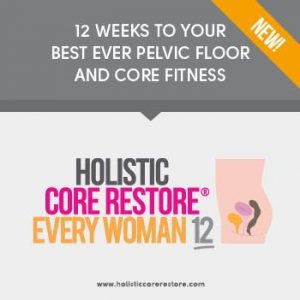Benefits of Pilates
It goes without saying I am a HUGE fan of Pilates, but I didn’t use to be! I was a fan of high intensity workouts, thinking that unless I left a pile of sweat on the floor the workout wasn’t being effective. Now whilst I still do like a bit of high intensity now and again, what I have learnt is Pilates really can work you hard and lead to a strong body.
Here are some of the benefits:
- All over strength for the whole body. Pilates can help build bone strength, muscle mass as well as that core too.
- Improved posture and body awareness, which can go hand in hand. By knowing your posture issues you can start to correct and work on them throughout daily life.
- The deep breathing used in Pilates can help with stress/anxiety management and with releasing tight areas in the ribcage, back and pelvic floor.
- Improve your balance and co-ordination. Pilates teaches you to weight transfer effectively and work on your standing balance too.
- Prevention of injuries. Once you are more connected to your body, balanced and co-ordinated it goes without saying that it helps prevent injuries in other sports too.
- Sets the foundation for other movement. If you do other fitness related activities too then Pilates can help you be strong from the inside out.

The best way to start Pilates is to find a beginners class or do a 1-1 session to connect with the all essential basics. The breath, the set up position of the body and the activation of the core are those building blocks that you very much need to get under your belt before moving to the actual movement.
If you want to join a class then we have spaces in the studio or email [email protected] to book a 1-1 session with one of our experienced teachers!









